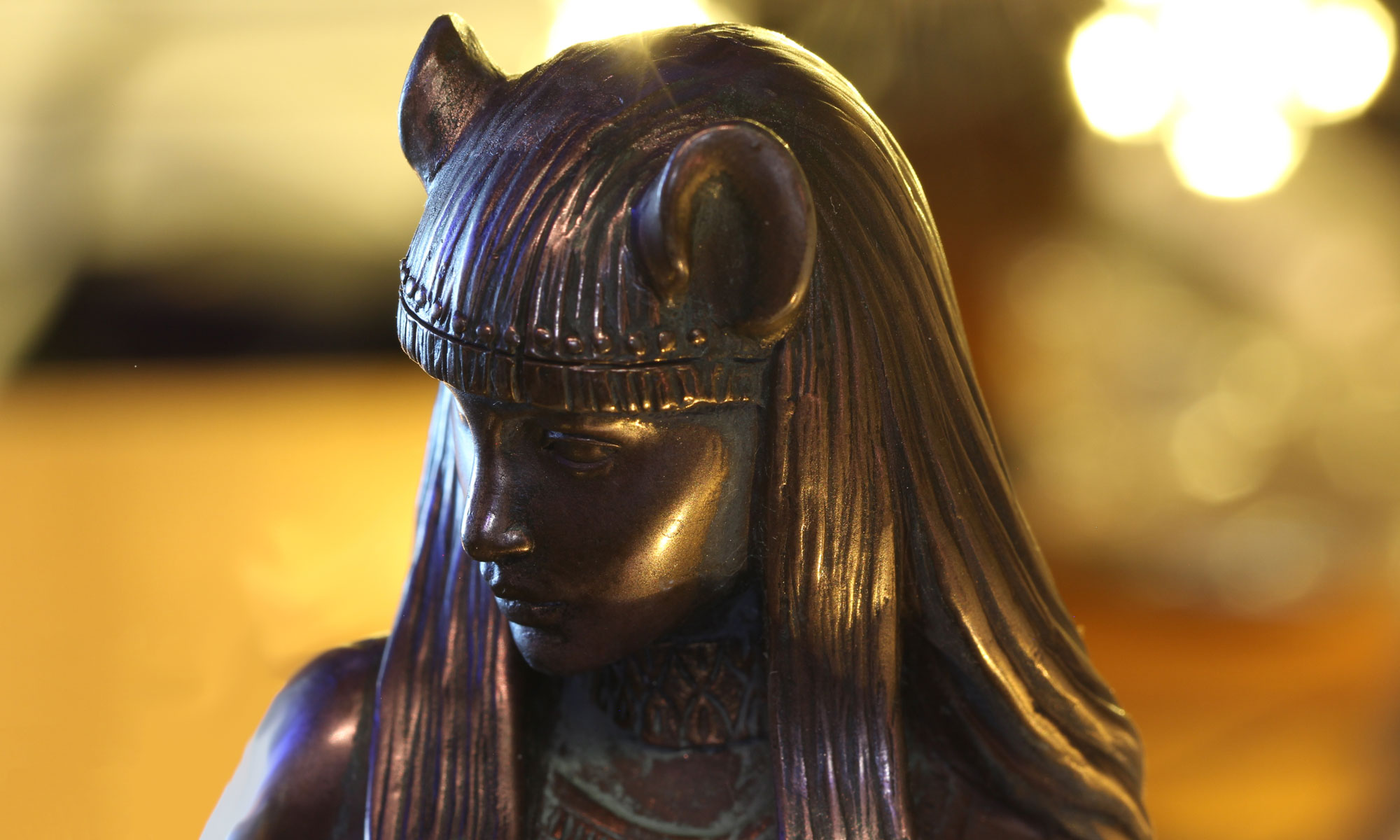Meet Presenters in Our Arts and Culture Hall:
MamaDonna Henes and Pegi Eyers
We are excited to offer special Arts and Culture Hall “booths” where some of our great presenters will share their work through videos and links, and maybe even in face-to-face conversations with you! There are also booths for academic programs and other resources. You may access these booths any time from April 3 to April 18m, by signing in after you register and selecting the Culture Hall at the top menu. Sign up to receive presenter news, see their videos, leave messages, and meet other attendees at the “table” at each booth. Visit these great presentations by:
Booths with MamaDonna Henes and Pegi Eyers
MamaDonna Henes: “Wisdom Delivered By Wing: Me & My Birds”

Multi cultural bird mythology, folk lore and contemporary stories. Bird goddesses and bird familiars. bird omens and bird teachers.Avian visitations, inspirations, lessons trance-formations. Bird dreams, bird omens, and lots of amazing true stories!

MamaDonna Henes is an internationally acclaimed urban shaman, popular speaker, and award-winning writer specializing in multi-cultural ritual celebrations of the cycles of the of the seasons and the seasons of our lives. (cityshaman@aol.com)

Pegi Eyers: “Deep Time Wisdom”
Embracing ways of thinking that pre-date Empire is a good starting point for all endeavors that revive the eco-self, and our re-connection to matristic community bonded to the land. Shifting away from the patriarchy is possible, and from pre-colonial, Indigenous or egalitarian models, the worldview and values we need are just waiting to be re-kindled. Also known as “decolonization,” we all have access to a well of deep knowing, or ancestral knowledge, that can be revived with immersion in nature, and by focusing on the “old ways.” Compiled from years of experience and research, Deep Time Wisdom will weave through a comparison chart that identifies the habits of modernity we take for granted, and alternatives in holistic patterns of thought and action. As just one example, “modern thinking/western mind” regards humans as separate from nature, bounded by the ego, self-absorbed, material and having a sense of linear time; whereas “ancestral thinking /Indigenous mind” views humans as part of nature, connected, empathic, physically grounded and embodied. I conclude with a statement on combined intelligences, or the “entwining of heart and mind” that fulfills our potential as true human beings. It may be a daunting task to “read our own souls” as women dwelling in an animist universe once again, but the outcome is clear that by activating Deep Time Wisdom, we align with the sacredness of the Earth, and the love and respect for nature that dwells at the heart of our lives.

Pegi Eyers is the author of the award-winning book Ancient Spirit Rising, a survey on social justice, nature spirituality, and the holistic principles of sustainable living. Pegi self-identifies as a Celtic Animist, and is an advocate for the recovery of ancestral wisdom and traditions for all people. She lives near Peterborough, Canada, on a hilltop with views reaching for miles in all directions. (Pegi-eyers@hotmail.com)


 Cristina’s video explores the intimate connection between the most prevalent
Cristina’s video explores the intimate connection between the most prevalent
 “When the Goddess calls, she’s fierce, and real. And you better pick up the phone. The goddess who wants you is the one who finds you, and sometimes she arrives with more questions than answers. The goddess who found me was Austeja, bee goddess of Lithuania. And she didn’t make it easy. In fact, she swarmed me with bees, repeatedly, until I wrote a novel about her.
“When the Goddess calls, she’s fierce, and real. And you better pick up the phone. The goddess who wants you is the one who finds you, and sometimes she arrives with more questions than answers. The goddess who found me was Austeja, bee goddess of Lithuania. And she didn’t make it easy. In fact, she swarmed me with bees, repeatedly, until I wrote a novel about her.







You must be logged in to post a comment.